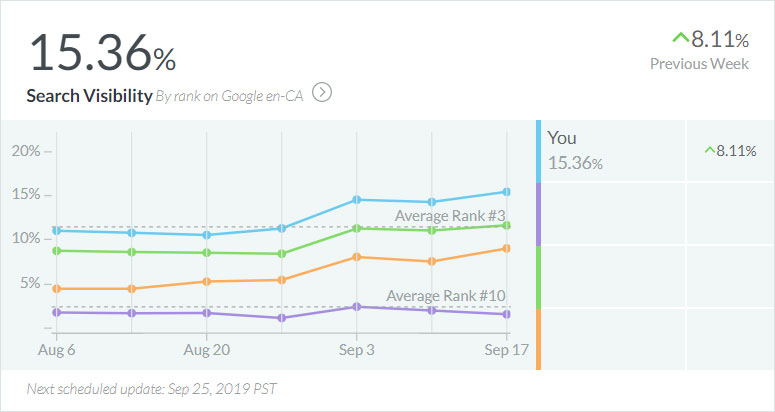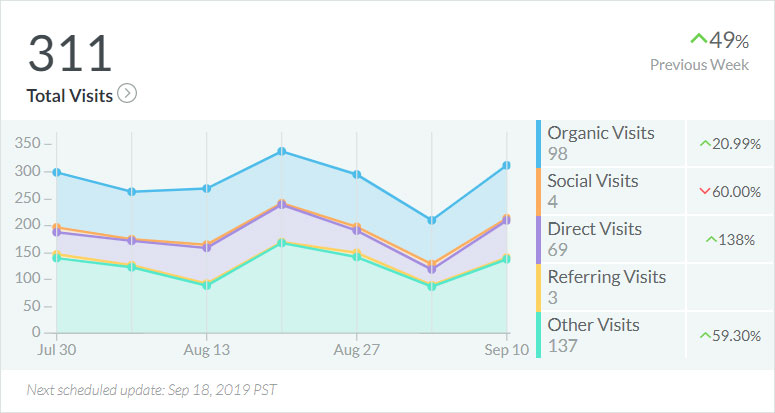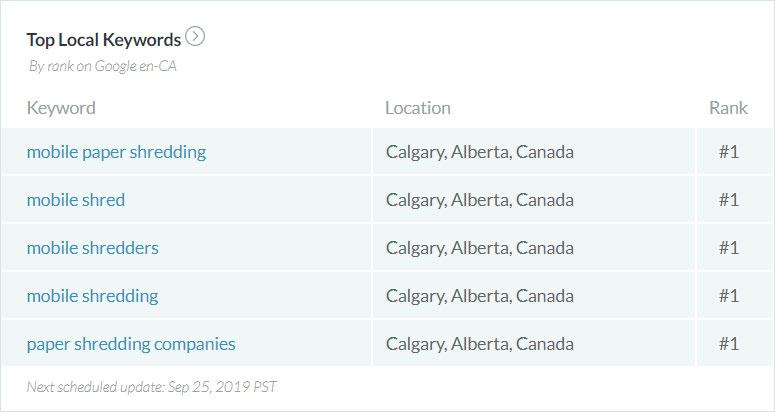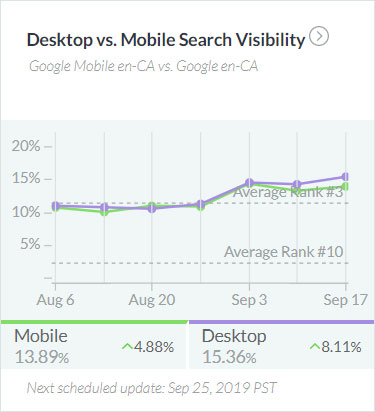By Kelly Grainger, CreoLogic Design Inc.
According to The 2019 SEO Services Report, 25% of SMBs have worked with three or more SEO service providers. Are you one of them? For most of us, SEO goes straight over our heads. We’ve been told it’s essential, but we have no idea what it does or how it works. So we trust our “SEO expert” and pray for the best. But when things don’t go the way we expect, we look for answers. All too often, they’re not forthcoming. That’s why SMBs change their providers every 1-2 years.
Are you ready for a change?
Before you rush off and become one of the “rapid switchers” that jump from one service provider to another, there are three things you need to do: (1) identify precisely what you need from an SEO provider; (2) measure your current provider against the criteria identified; and (3) look for another provider if you’re not getting the service you’re paying for.
Here are five things that you need from your SEO provider.
Local knowledge and expertise
Can you pick up the phone and call your SEO expert right now? Do they understand your business? Do they know who your competition is? Unfortunately, the majority of SEO providers aren’t local and often have little idea of the market you service or the challenges you face. You may have had some communication to start with, but if you’re not talking regularly, they can’t deliver the results you’re looking for.
Detailed reporting
If you don’t measure it, you can’t manage it. When is the last time you received a report of your keyword rankings? Keywords come and go in popularity, but if you’re not getting the reports, you’ll never know if the average search volume has gone up or down. If it’s tailed off, you need to research more relevant keywords or maybe move keywords to a different page for higher conversions.
Above: Examples of SEO reports your agency should be providing.
Focus on the big picture
SEO providers often encourage you to focus on time-consuming blogging and costly backlinks. But there are hundreds of rankings signals! Blogging and backlinks are just two small pieces of the pie. Here are a few other things your SEO provider should be working with you on: checking your content weekly, responding to changes in your SERPs, improving website performance, conversion optimization, refreshing old content, creating new content, reducing bounce rates, and adjusting metadata and title tags.
Technical SEO
Keyword rankings aren’t dead, but they’re not 100% accurate—and they should never be your primary performance metric. So what should be? Your SEO provider should be offering guidance on the impact of encrypted search, personalization, voice-search, and device and location, along with the importance of “rich snippets,” videos, and image packs on performance at a topic cluster level. Have I lost you? That’s why you need a senior technical SEO specialist that understands how search engines work and are on top of the latest changes.
Costs aligned to results
81% of SMBs change providers because they feel they’re paying too much. While it’s true that business owners spending less than $500/month are more likely to be dissatisfied than those investing $500/month or more on SEO, if you’re paying over $3,000/month per website for SEO, you’re probably paying too much. It’s time to ask yourself whether the price you’re paying is giving you the results outlined in the previous points.
Revisiting your SEO needs doesn’t have to be hard work. However, you need to recognize that you can’t just sit back and let things run as they always have been. SEO is an ongoing process and must be continuously tuned as your business, market, competition, and search engines evolve. If you’d like to know more, don’t hesitate to visit http://creologic.ca/ or contact us at info@creologic.ca.
About the author
Kelly Grainger is the Founder and President of CreoLogic Design Inc., a leading website and SEO company based in Edmonton, Canada. Leveraging 20-years’ experience, Kelly’s focus is on helping local companies take advantage of digital transformation to enhance services and create competitive differentiation.












